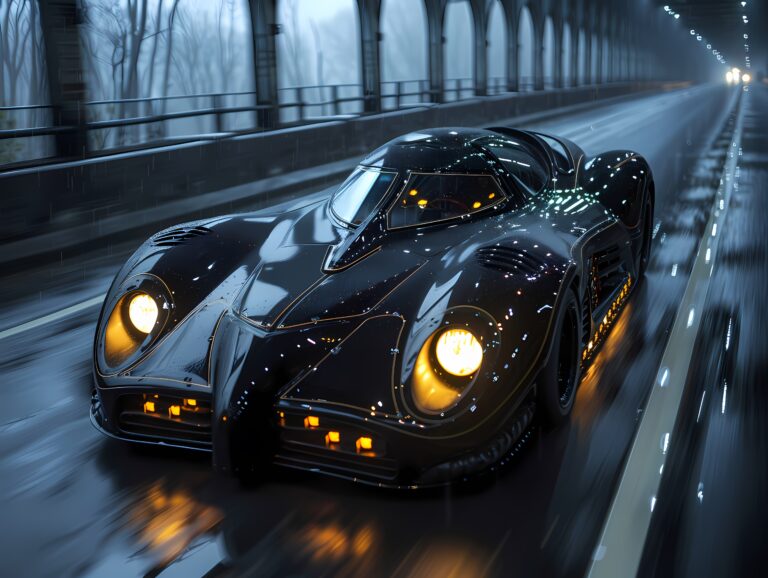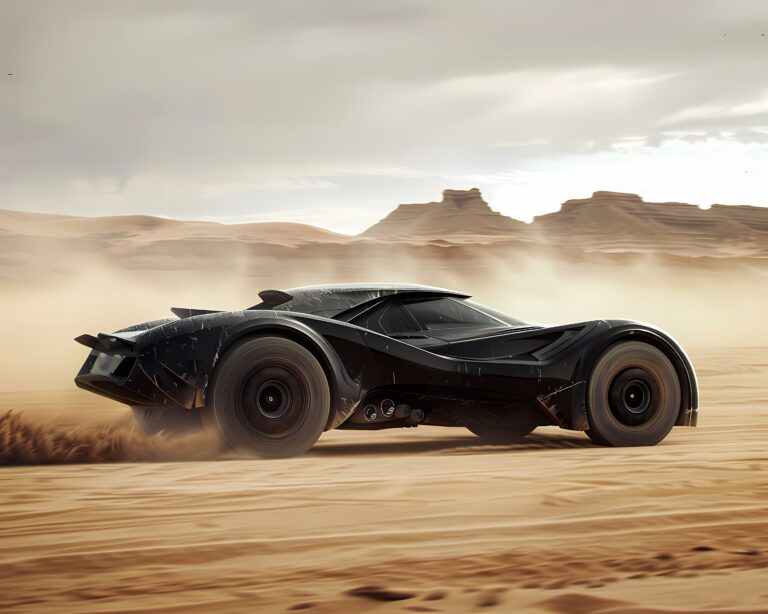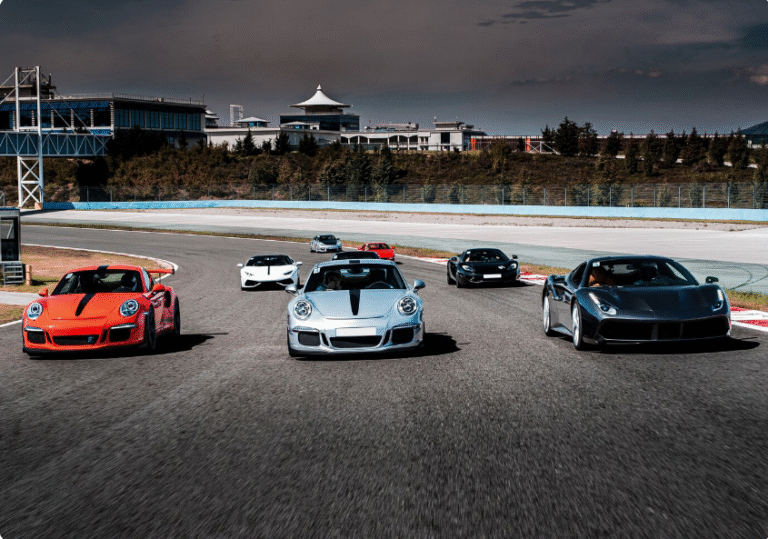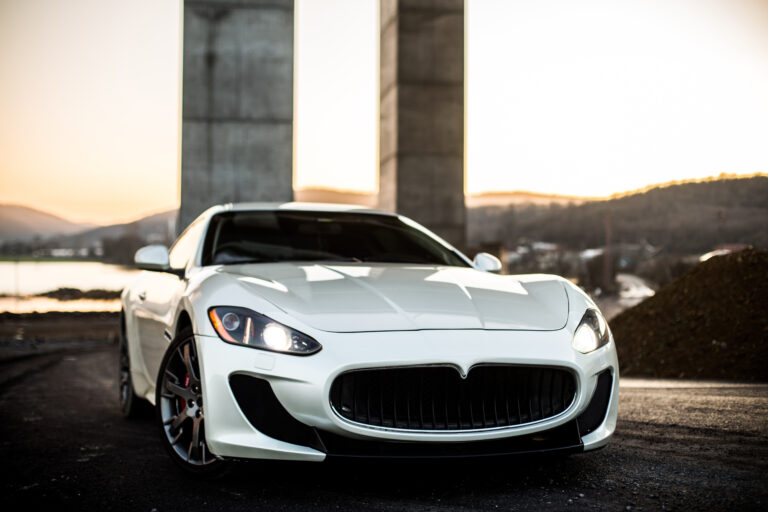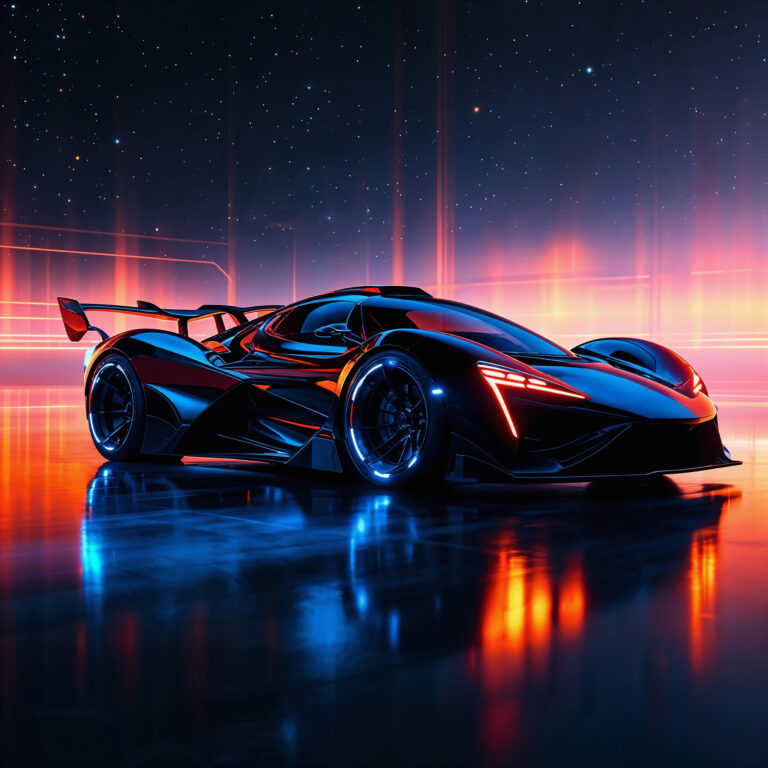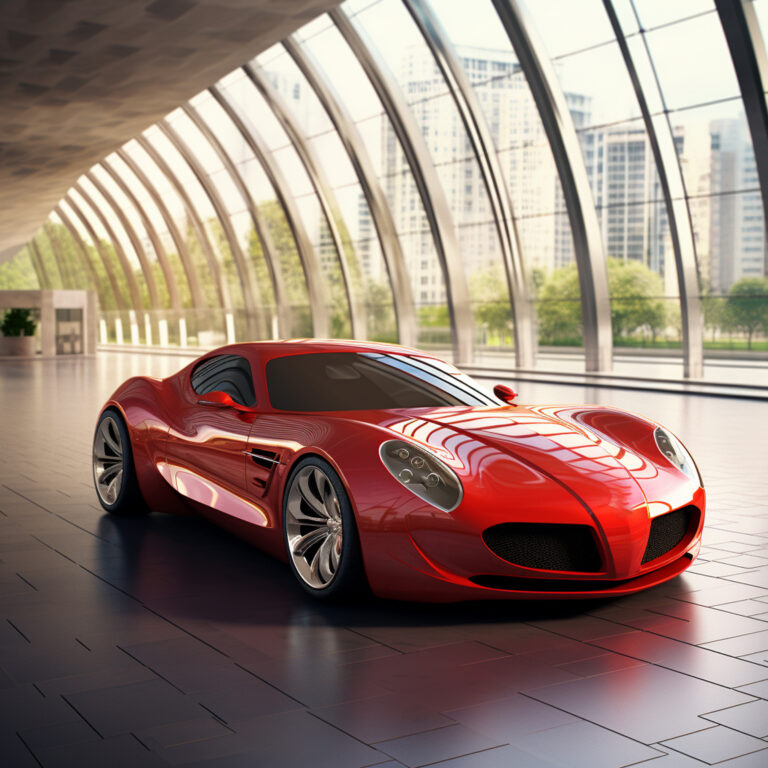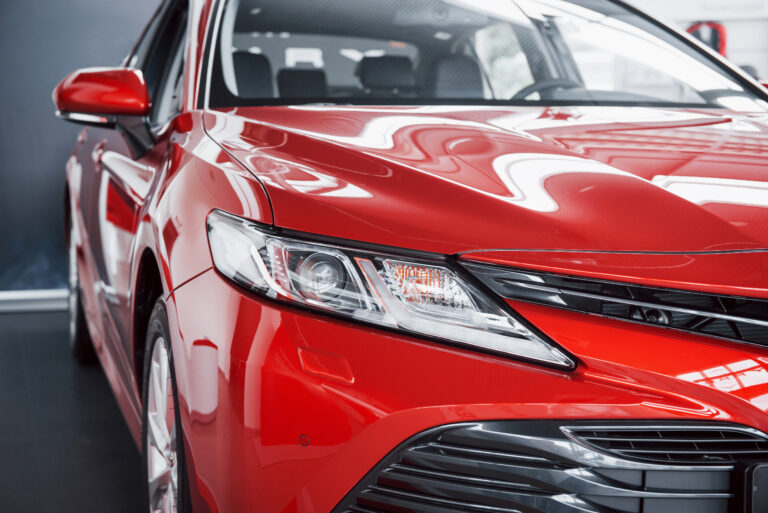
Explore the Lamborghini Aventador vs Huracán in-depth: specs, performance, design, value—find your perfect Italian supercar match.
The face-off of Lamborghinis: Aventador vs Huracn. The two Italian beauties involve all that a supercar may offer: performance, appearance, and heritage. The comparison examines all the sides, including engine power, dynamics, design, cost of ownership, resale, and technology, to clarify the idea of enthusiasts and buyers among which one should be chosen according to their driving preferences and their lifestyle.
Overview of the Aventador and Huracán
In 2011, Lamborghini followed up its flagship models, the Countach and Diablo, with the V12-powered Aventador. Raw, atmospheric driving and theatrical design sets Lamborghini’s higher-end supercars apart. The subsequent Hurricane appeared in 2014 with a more friendly V10 design. It is not as powerful, butit offers blistering performance and is practical day to day. As a combination, they make up the skeleton of the Lamborghini performance lineup, where each model aims at satisfying varying driver demands and desires.
Design & Dimensions
The Aventador is not a car that hides in the corner, and the angular and sharp lines, the scissor doors, and the aggressive stance are meant to be noticed. Its styling language is a filter of pure performance and exoticism. In the interior, it is snug and return-to-the-driver cockpit-like a fighter jet. The Huracán, though still visually impressive, is curvier with butterfly doors. It has a more spacious cabin, which is comfortable, has better visibility, and is easier to use. Dimensionally, Huracán is slightly smaller and makes the vehicle more maneuverable through urban surroundings, whereas the Aventador’s over-two-meter width guarantees an unmissable view at the street.
Engine & Powertrain Specs
Aventador has a naturally aspirated 6.5 L V12 engine, 730 hp to 770 hp, and almost 510 lb ft. It employs a seven-speed ISR single-clutch gearbox that is characterized by lightning-quick changes and mechanical crudeness. The Huracin has a 5.2 L V10 engine providing 580 640 hp and approximately 413- 442 lb-ft of torque. A seven-speed dual-clutch gearbox gives it smoother shifts in a faster manner than the previous models, and is more suited to everyday use. The driving force of the Huracan is provided both in rear- and all-wheel-drive versions, which can vary experiences and render different ones; the Aventador remains all-wheel-driven, therefore maximally providing much traction.
Power-to-Weight Ratio
Having a weight of about 3,583 lb (1,625 kg), the Aventador is hefty, but this is balanced by its high power output. Its weight in the Huracan of circa 3,135 lb (1,422 kg) increases its agility and lightness. The power-to-weight ratio analysis reveals that Huracan is at the top in cornering and nimbleness of handling, whereas the brute force of Aventador is transformed into high speed of acceleration and overall high performance in the straight line. This balance is important in the decision between raw power and driving finesse.
Acceleration & Track Performance
Aventador goes 0 to 60 miles per hour in about 2.8 seconds, and about 217 miles per hour is its maximum speed. The Huracán is very close behind with its 0 to 60✖mph of a little over 2.9 seconds and 201✖mph top speed. In racetracks, the Aventador has an advantage in that the car can use the power of its V12 in long straight paths. Nevertheless, on technical sections, the Huracan can easily beat it due to its rapidity, reduced weight, and single intensive responding handling. Real-world lap times depend on driver skill and track layout, along with variant models (e.g., STO or Performante) and variations in the finishes.
Driving Experience & Dynamics
The all-wheel drive and ISR transmission in the Aventador translate to a visceral feeling of power, pulse-racing torque, and ferocious responsiveness. It may be brutal yet exciting. The Huracan is not lacking in choices: AWD to be at ease and be comfortable in dynamic exchanges, or RWD to be more playful and tail-happy. The steering of the Huracán is highly commended as sharp and responsive, whereas the steering in the Aventador is mechanical and straight. Suspension tuning on the Aventador is towards the performance side rather than comfort, and the Huracan provides a small suspension edge as well.
Technology & Infotainment
Huracán boasts a contemporary infotainment package, featuring a touchscreen equipped with Bluetooth, Apple CarPlay, satellite navigation, and a rotary switch to change among customizable drive modes. The digital cockpit is both intuitive and user-friendly. The Aventador’s configuration is distinctly more austere, prioritizing driving metrics and performance over a host of infotainment features. Despite steady progress in refining Lamborghini’s interface, the driving experience always comes first, and infotainment is relegated to a secondary role.
Sound & Acoustics
The Aventador’s V12 crackles out a symphonic bellow that is at once deep, aggressive, and dynamic. It swells with revs and reverberates across the chassis, immersing the listener in sound. Revving the Huracán’s V10 unleashes a thrilling, more aggressive wail—immensely intense but just fractionally less visceral. While each soundtrack carries an unmistakably Lamborghini signature, the Aventador tilts toward showmanship, whereas the Huracán gravitates toward sharp precision.
Styling & Image Factor
Ownership of an Aventador announces extreme performance and elevated status—its audacious styling, those scissor doors, and the car’s torquey engine make a striking social statement. That’s the very essence of flamboyant exclusivity. Though the Huracán remains dramatic, it presents a friendlier façade—less showy, sleeker, and more squarely sporting. For the discerning enthusiast, it’s an exotic car, not a statement piece. Opting for one over the other frequently mirrors one’s lifestyle and personal taste.
Fuel Efficiency & Running Costs
Neither model stints on fuel: city runs will return no better than 10 mpg, highway runs 15–17 mpg. Three factors—maintenance, insurance premiums, and carbon-ceramic brakes—combined with specialized tires, make for a high cost of ownership. The Aventador’s V12 engine requires servicing more often and sparks higher replacement costs. Though Huracán costs a bit less, it nevertheless represents a significant investment. Refueling stops and empty pit stops are encountered with regularity.
Price & Value Proposition
Rather, an Aventador starts close to USD 400,000, and the Huracán family spans around USD 220,000 to USD 300,000. Within the used-car market, Aventadors generally hold their value more effectively owing to their limited production run and collectible cachet. Huracán offers greater dealer presence coupled with greater affordability. Those determining a price should take into account the car’s specification (e.g., SVJ, STO, Performante), its mileage, and its overall condition. Exclusivity frequently means greater long-term value.
Safety & Driver Assistance
With safety always front-and-center, Lamborghini equips its cars with a suite of performance-oriented devices—ABS, stability and traction controls, carbon-ceramic brakes, and airbags. The absence of advanced ADAS systems—namely lane keeping and adaptive cruise—keeps the driving experience pure, though that may draw the ire of tech-savvy drivers.
Customization & Personalization
Through Lamborghini’s Ad Personam program, there are nearly limitless possibilities—bespoke paint hues, exotic interior appointments, custom graphics, and one-of-a-kind badges. Limited-run variants such as the Aventador Ultimae or Huracán STO introduce bespoke materials, refined aerodynamics, and performance-enhancement upgrades. Through personalization, each model becomes an exclusive manifestation of the owner’s vision, further consolidating Lamborghini’s brand DNA.
Owner Community & Aftermarket Support
Each car is strengthened by an active international owner network, an array of track days and driving rallies, and a wide range of clubs. The Huracán benefits from a broader aftermarket, with styling kits, performance enhancement, suspension tuning, and exhaust options everywhere. Aventador tuning is tailored for a more specialized market, appealing to a niche cohort of V12 enthusiasts. Community backing deepens ownership connections, delivers easy access to expertise, and cultivates shared experiences.
Which One Should You Choose?
When deliberating, consider whether you give precedence to raw drama or agile precision. The Huracán suits everyday use, track excursions, and polished tech, whereas the Aventador provides raw V12 passion and visual grandeur. The decision will be steered by personal lifestyle, the designation of daily driving, and the car’s overall emotional resonance. Head to a nearby Lamborghini showroom and sample the Huracán and the Aventador through a series of test drives to discover both realms.
Conclusion
The competition between the Lamborghini Aventador and Lamborghini Huracán boils down to a clash of emotion and precision, of spectacle and agility. The first delivers the rough-hewn, theatrical night roar of a V12, while the other delivers a leaner, yet equally ferocious V10 experience — a legacy detailed in Lamborghini Gallardo V10 Supercar Evolution. Choose between raw drama or dynamic equilibrium, and contact an authorized Lamborghini dealer right now to schedule your test drive and experience the difference for yourself.
Faqs
What distinguishes the Aventador from the Huracán most clearly?
The Aventador’s V12 and unrivaled presence contrast with the Huracán’s lighter, more refined V10 setup focused on usability and agility.
Which is quicker in real-world driving?
Aventador edges out in top speed (~217 mph vs ~201 mph), but Huracán’s lighter chassis often keeps it neck-and-neck in acceleration.
Is the Huracán more practical for daily use?
Yes—its lighter build, smoother gearbox, modern infotainment, and comfortable cabin make it more user-friendly for everyday driving.
How do their prices compare?
New Aventador models start around USD 400K, while Huracán models begin near USD 220K–300K. Used-market values reflect these price tiers.
Which one holds value better?
The Aventador, particularly limited editions, often retains value more robustly due to its exclusivity and collectible appeal.
